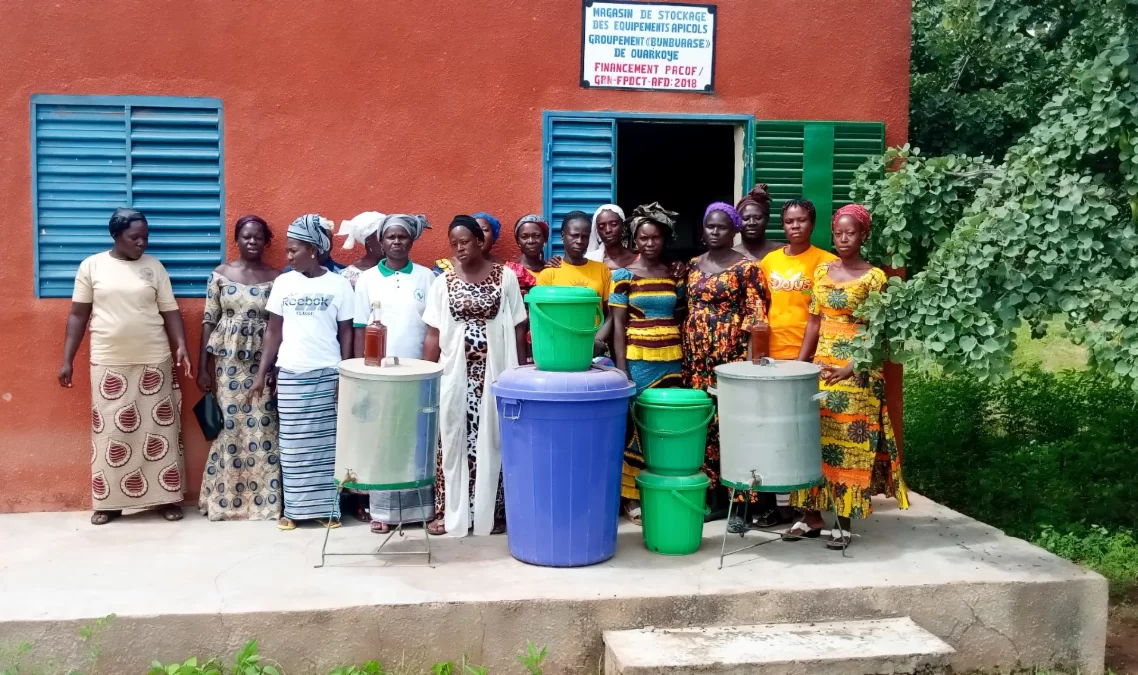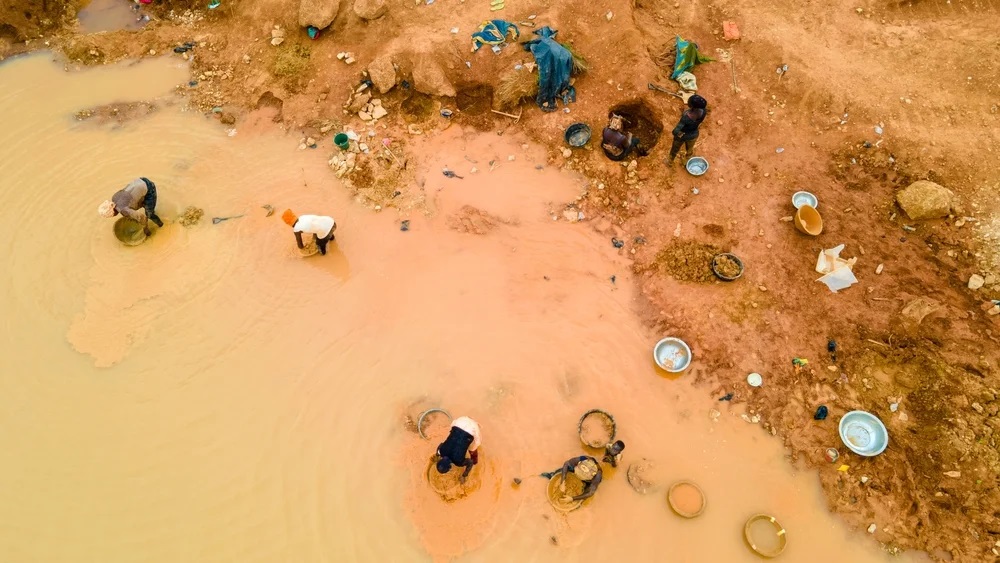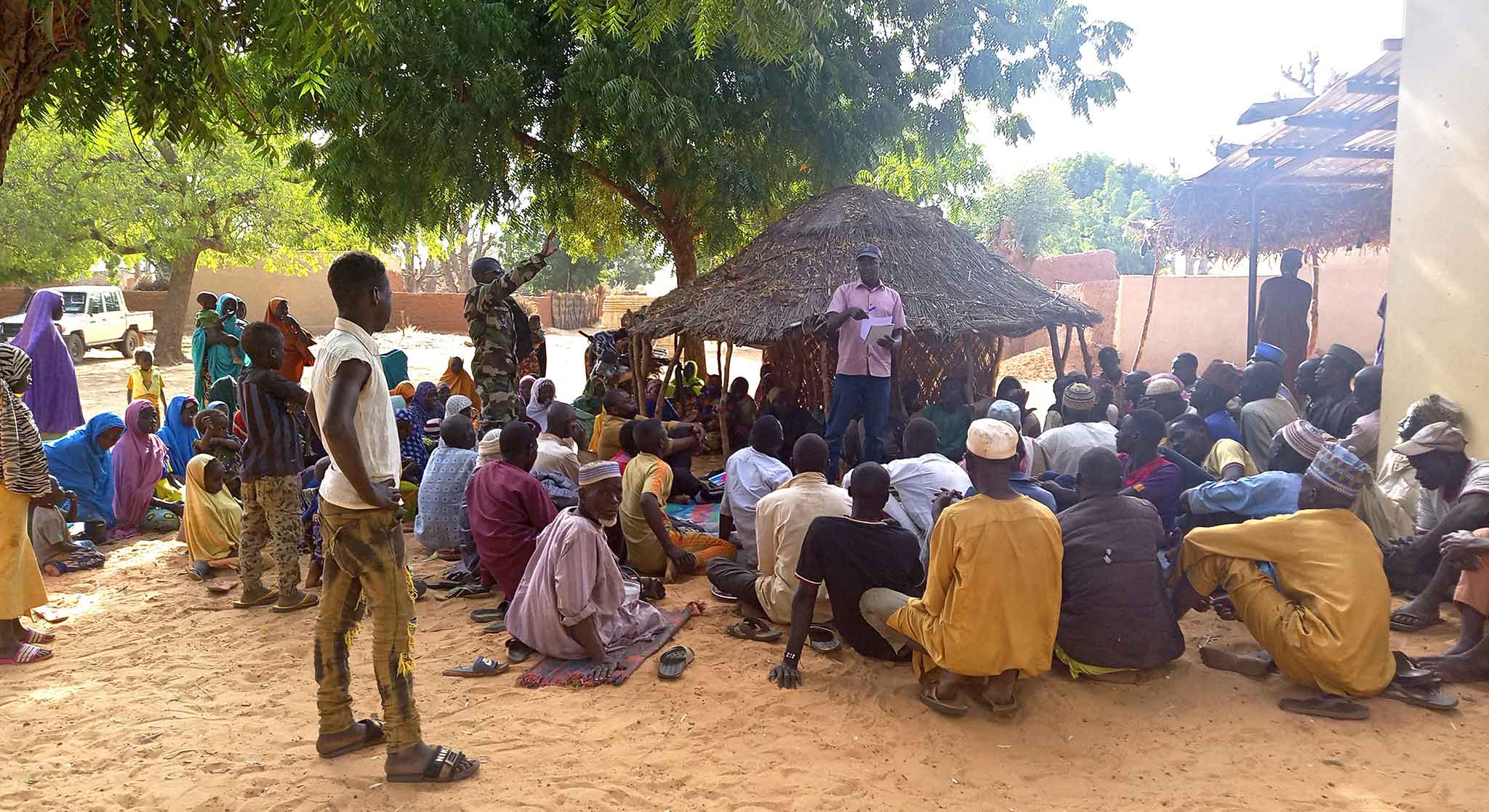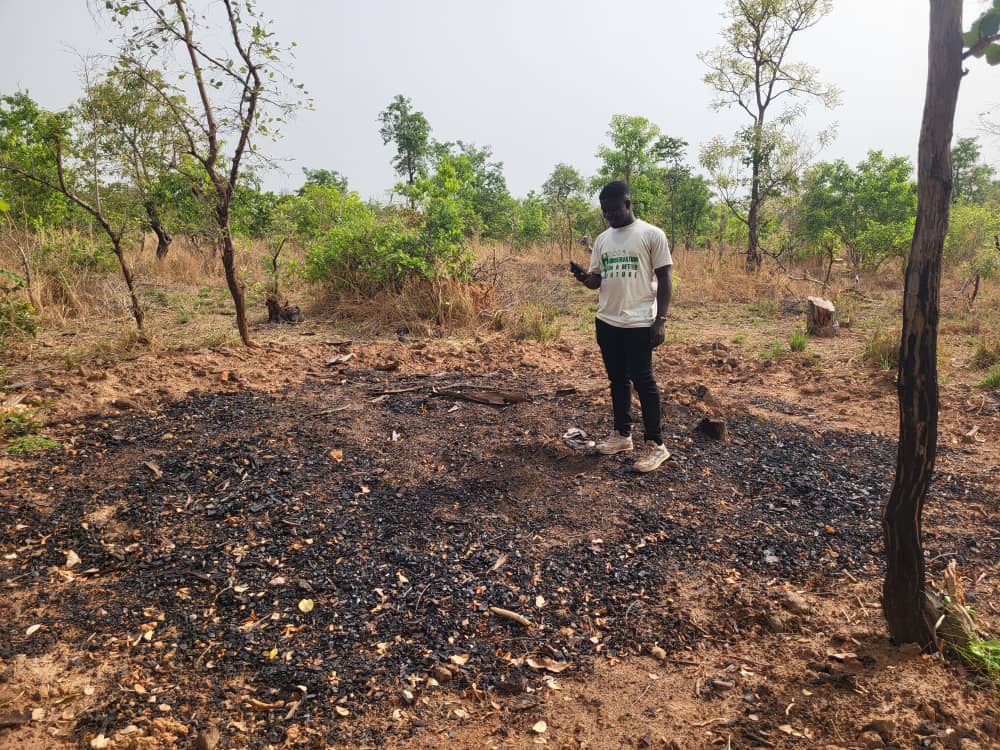In rural communities, women play a crucial yet often overlooked role in agricultural production and sustainable land management. Women’s associations, if provided with equitable opportunities, are poised to drive significant economic development through traditional and innovative utilisation of natural resources.
Recognising this, the SERVIR West Africa (SERVIR WA) program, supported by USAID and NASA and implemented by ICRISAT and partners, is leveraging Earth Observation data and geospatial tools to identify and amplify economic opportunities for women in select municipalities.
As part of its commitment to communal-level services in Burkina Faso, SERVIR-WA, in collaboration with ISESTEL (Institut Supérieur d’Études Spatiales et Télécommunications), is developing a platform to bolster communal development plans by providing precise data and information on land occupancy (land use, land cover), levels of land degradation, infrastructure and income-generating opportunities for women from natural resources.
Supporting communal development through access to data
In recent years, data and information have been produced and stored in an accessible geoportal platform and users were trained in data processing and implementation. These users can be categorised into three main groups:
Classic End-Users and Decision-Makers: This category comprises individuals who not only utilise the data but also hold decision-making authority. Their engagement is crucial for ensuring effective utilisation and sustainability of the platform.
Technical Services: Consisting primarily of institutions dealing with environmental concerns such as the Livestock Department and Agriculture Department, these entities play a pivotal role in leveraging the platform to address various environmental challenges.
Community Engagement: Beyond institutional stakeholders, community involvement is integral to the platform’s success. Educated youth, organised into clubs to support data collection and production, contribute significantly. Additionally, the participation of traditional chiefs and women’s associations across all communes underscores the inclusive nature of the initiative.

In addition, land degradation neutrality (LDN) has been measured for all the communes to indicate the level of effort needed for sustainable communal development. A network of stakeholders, including women and educated youth, is being developed to support communal development through women’s associations and SERVIR Clubs. By the end of 2024, the service aims to reach an Application Readiness Level 5, with land use plans and local charters geared to improve current LDN values.
This involves sensitising and training actors on LDN objectives and risks incurred with old land use practices through seminars and workshops, disseminating best land utilisation practices and the national strategy of land restoration, conservation and improvement for Burkina Faso.
The anticipated outcome is enhanced end-user capability in utilising geospatial technologies for data collection, processing, dissemination and sharing with online users.
Case Study: Geolocation and Activity Mapping of Women’s Associations in Burkina Faso
In 2023, a geolocation of women’s associations and activities was conducted across seven pilot communes, namely Bobo Dioulasso (districts 2 and 5) and Péni (Haut-Bassin region); Dano (South-West region); Barsalogho (Mid-North region); Ouarkoye (Boucle du Mouhoun region); Yamba (East region) and Léo (Mid-West region).
As part of this process, a total of 41 women’s organisations, comprising 1,100 members across five provinces, were identified and inventoried using a participatory approach involving stakeholders and community leaders.
The results from this study, shared via an online platform developed by ISESTEL, highlight that the primary income-generating activities of these organisations, in the targeted communes, include processing and marketing of non-timber forest products (NTFPs), saponification and weaving. Crucially, these findings underscore the significant role women’s associations can play in achieving land degradation neutrality (LDN) if they are further empowered through appropriate strategies and initiatives.

The interactive online database mapping the geolocation of activities also provides valuable insights for local decision-makers, development agencies and technical partners, enabling them to implement targeted interventions that enhance women’s roles in the development of rural communities in Burkina Faso.
The study further emphasises the need to expand women’s contributions to reforestation efforts of degraded lands, wetlands, riverbanks and low slopes, which can significantly contribute to LDN goals.
Another crucial area where women’s groups are already making a pivotal impact is in building rural businesses around non-timber products derived from fruit trees, with shea trees identified as particularly valuable assets offering ample opportunities for women entrepreneurs. To ensure the sustainability and scalability of such enterprises, the study recommends expanding their collection areas and tapping into potential market growth.
Finally, to ensure that women’s associations emerge as proactive entrepreneurs driving rural development, SERVIR WA will support in defining appropriate LDN levels following their geolocation. The aim is to initiate or support the innovative utilisation of natural resources and collective action, enabling women not only to secure livelihoods for themselves but also to contribute to LDN goals and the broader socio-economic development of their communities.
Some key findings of the study
- Women-led organisations’ activities in target communes include both unpaid (meetings, awareness) and paid (production, trade) activities.
- 71 per cent of women’s associations are tax-exempt, with most taxes being municipal taxes.
- 90 per cent have access to credit, mainly from microfinance institutions.
- 78 per cent have access to savings, mainly through MFIs and savings cooperatives.
- Partners include NGOs, government agencies and microfinance institutions.
The women’s associations’ geolocation data are now available online.
This piece was initially published on Farming First.




